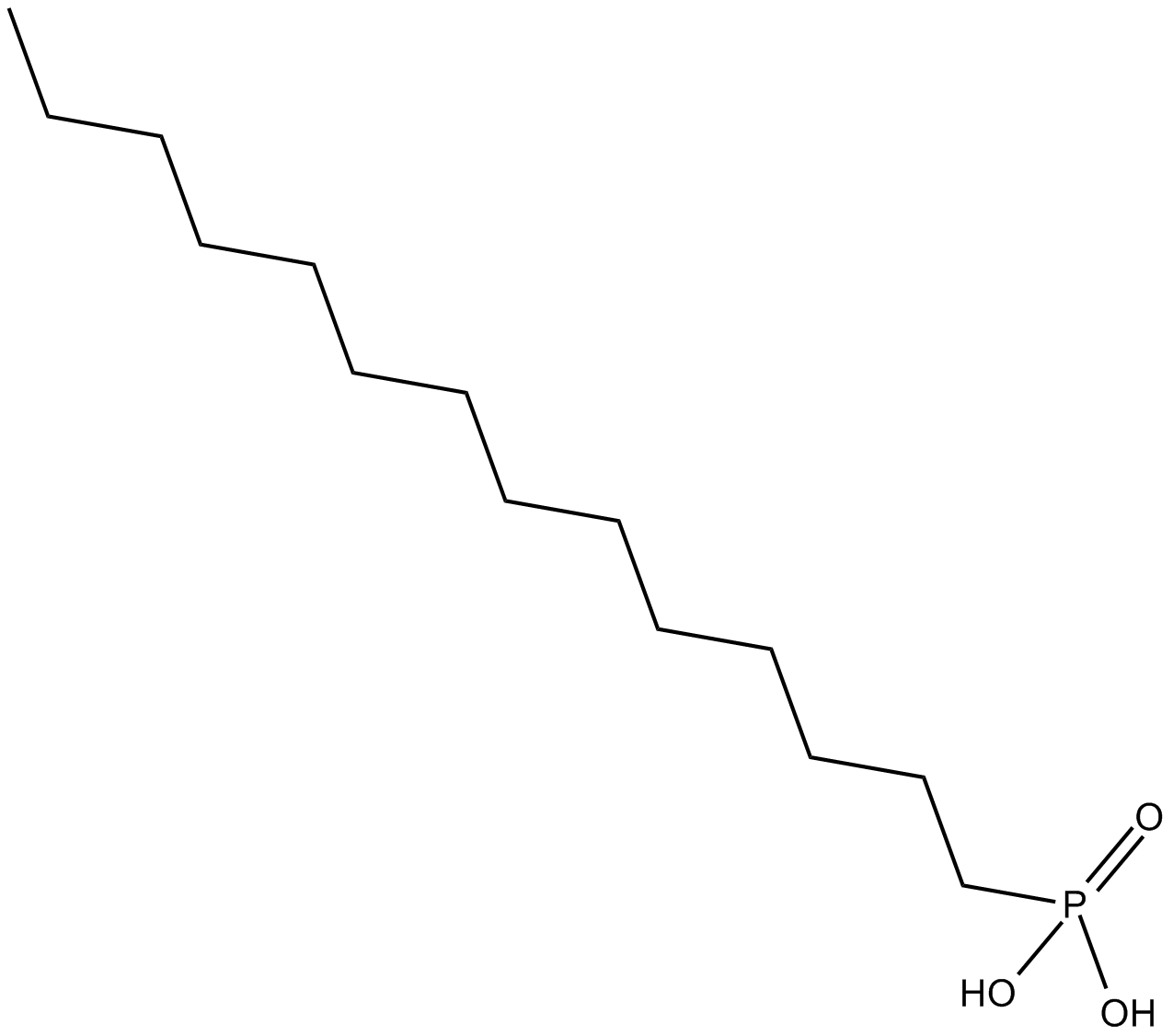LPA Receptor
LPA receptor belongs to GPCRs and is important for lipid signaling.
Produkte für LPA Receptor
- Bestell-Nr. Artikelname Informationen
-
GC15140
1-Oleoyl lysophosphatidic acid sodium salt
1-Oleoyl-Lysophosphatidsäure (Natrium-1-Oleoyl-sn-Glycero-3-phosphat) ist ein potentes bioaktives Phospholipid und aktiviert den LPA-Rezeptor.
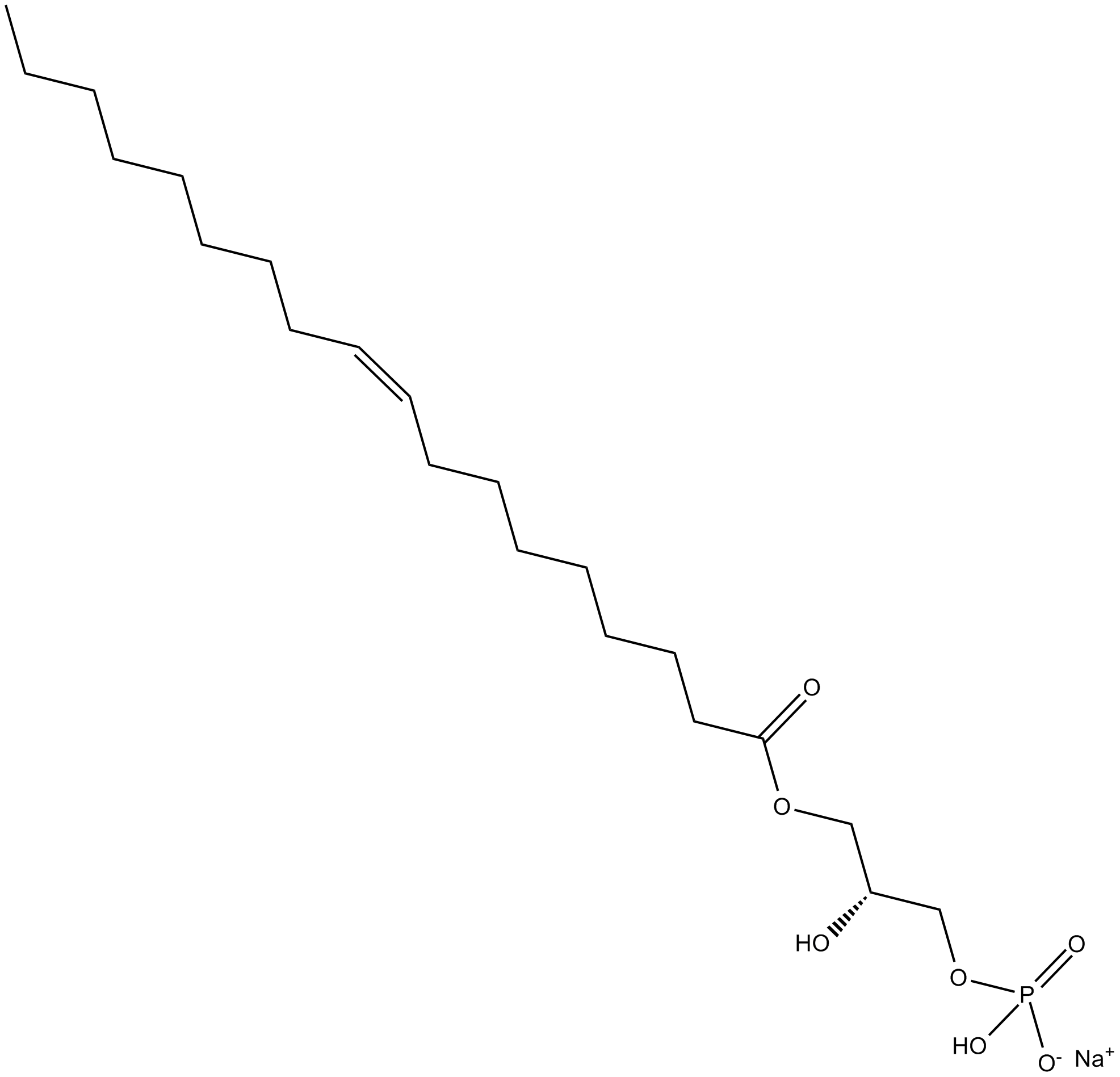
-
GC15908
AM-095 free base
A selective LPA1 receptor antagonist
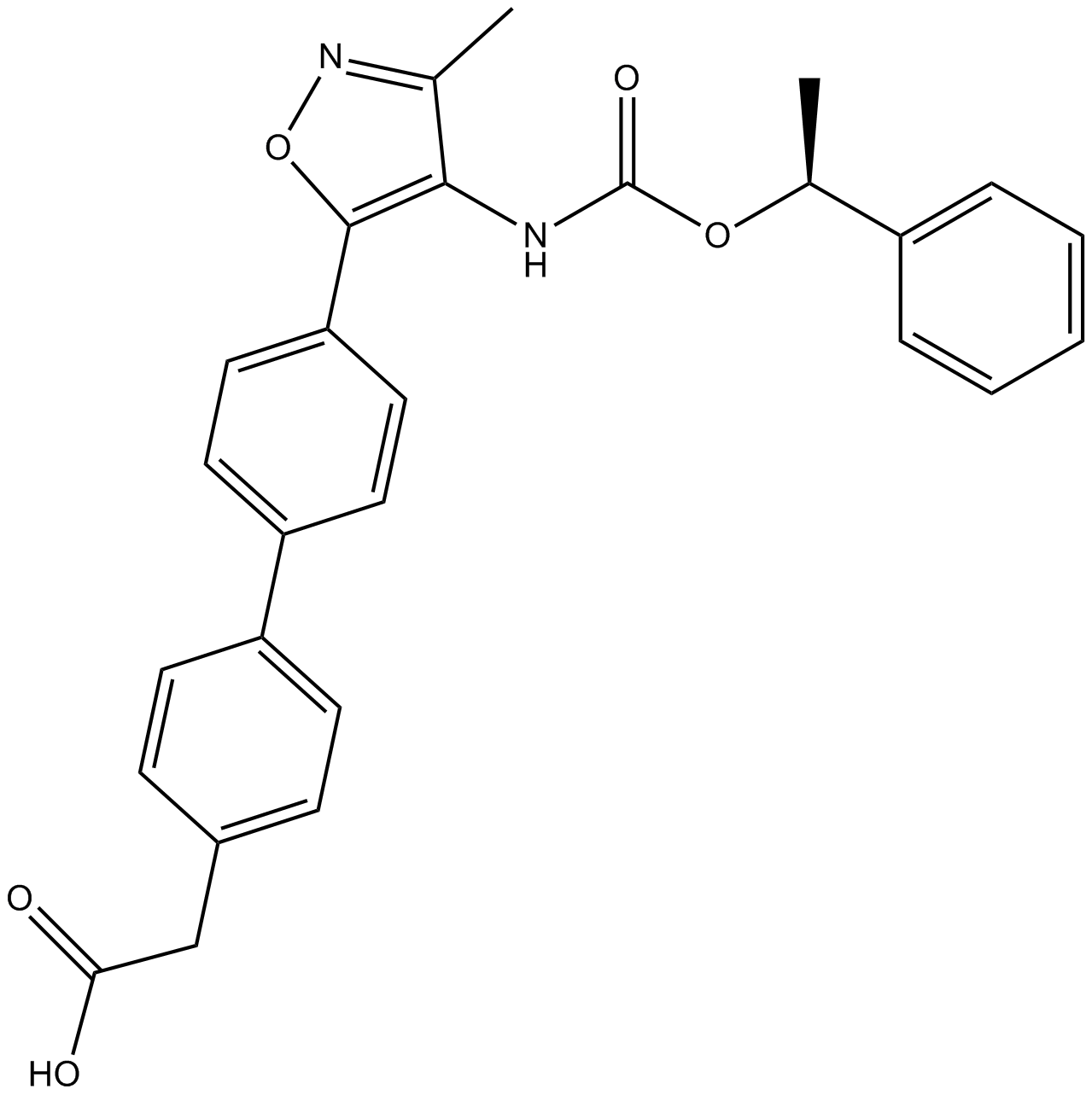
-
GC15220
AM095
A selective LPA1 receptor antagonist
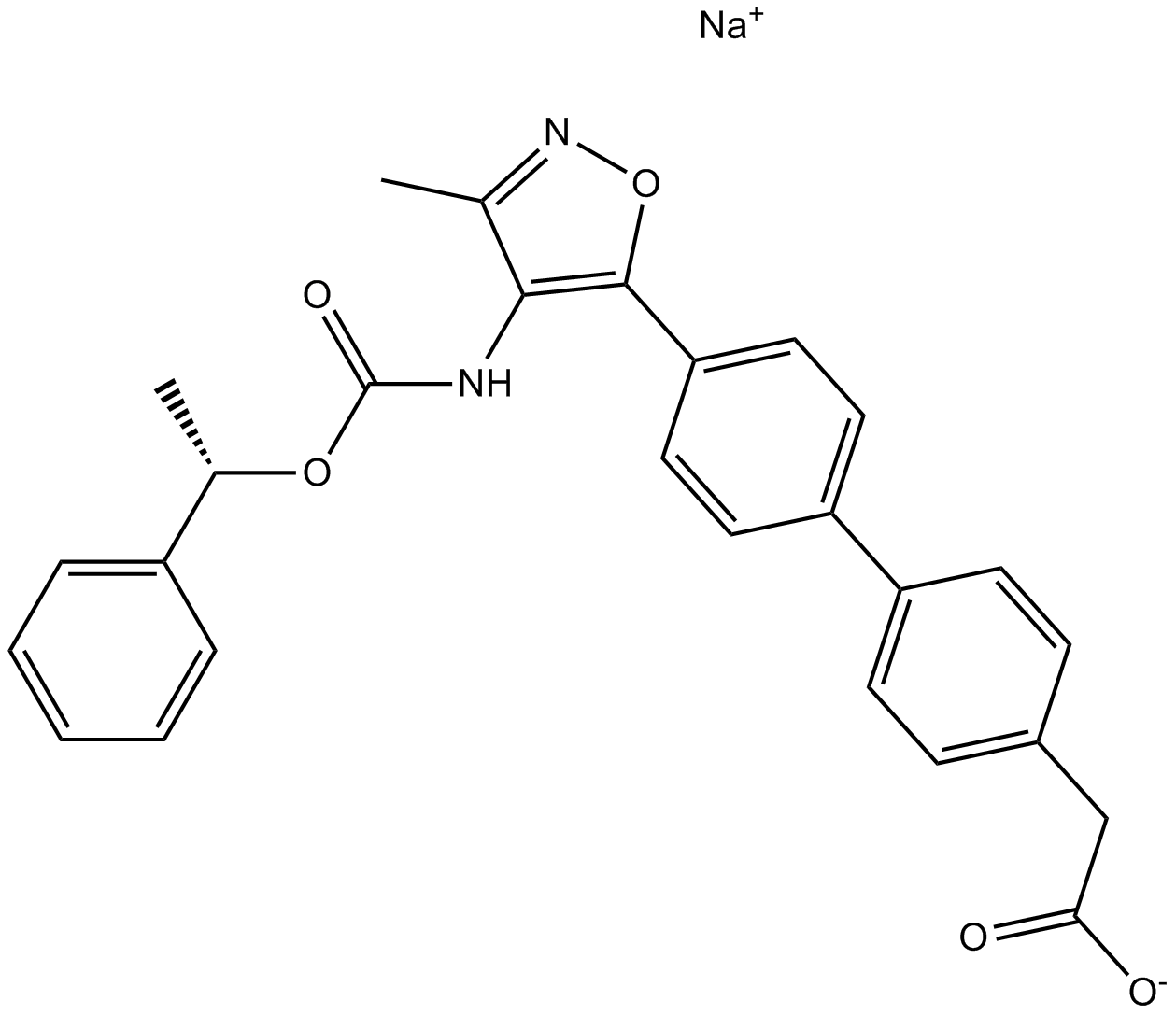
-
GC13476
AM966
A potent and selective LPA1 receptor antagonist
-
GC16558
DBIBB
DBIBB ist ein spezifischer Nicht-Lipid-Agonist des Typ-2-G-Protein-gekoppelten Rezeptors fÜr LysophosphatidsÄure (LPA2).
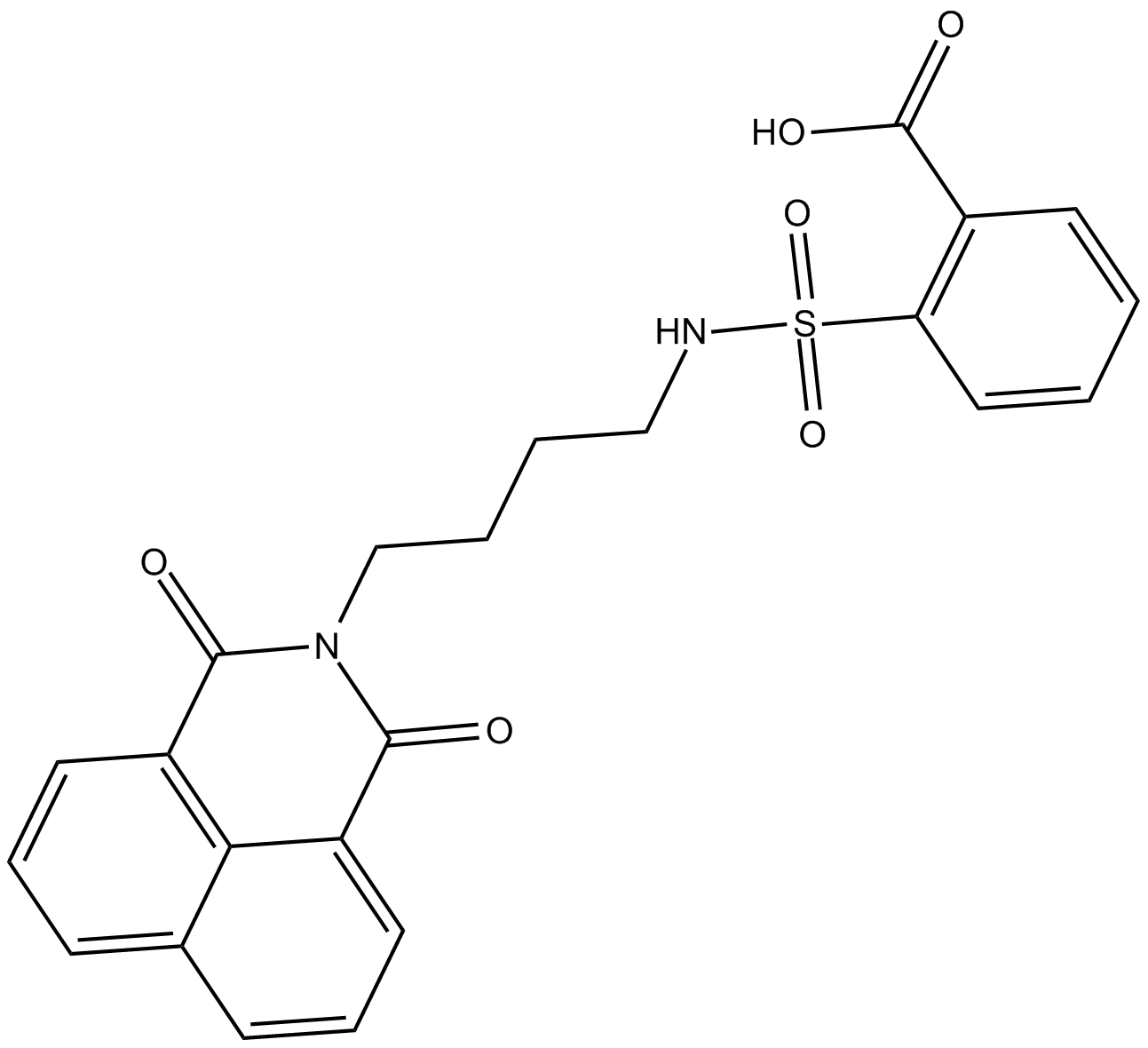
-
GC15428
H2L 5765834
H2L 5765834 ist ein Antagonist der LysophosphatidsÄure-Rezeptoren LPA1, LPA3 und LPA5 mit IC50-Werten von 94, 752 bzw. 463 nM.
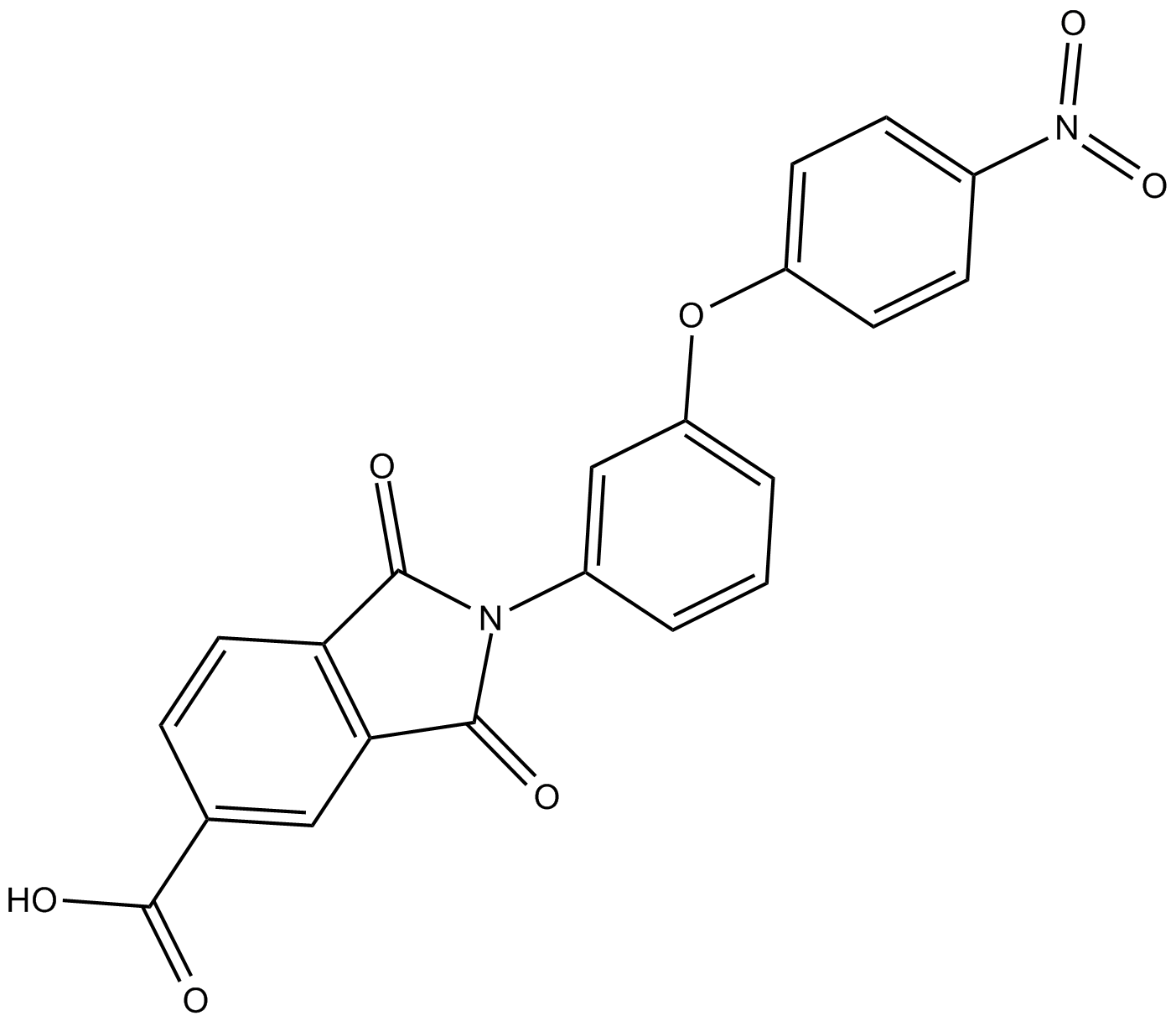
-
GC14436
H2L5186303
Lysophosphatidic Acid 2 (LPA2) Rezeptor-Antagonist
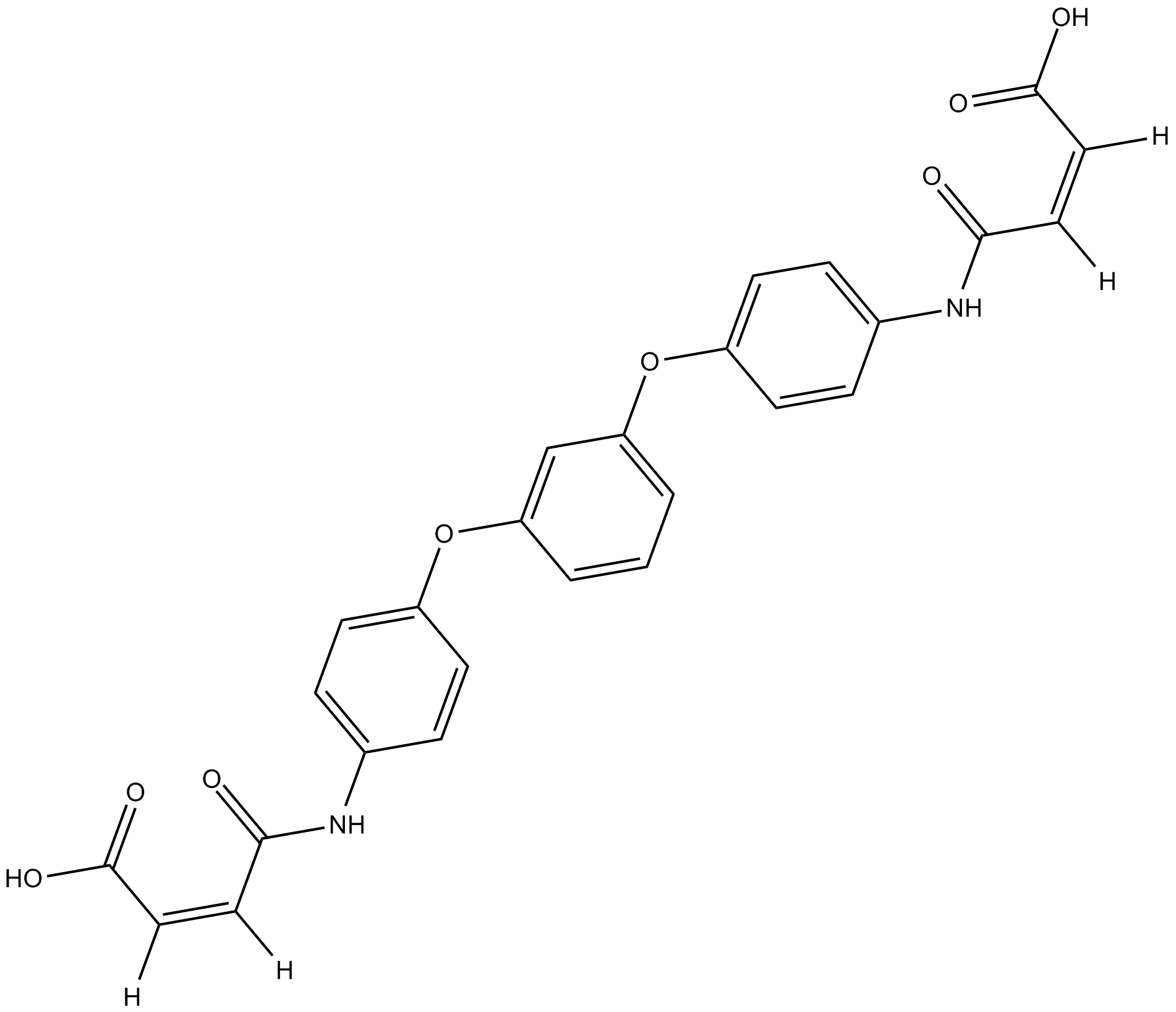
-
GC15062
Ki16198
Ki16198 ist ein potenter und oral aktiver LPA-Rezeptorantagonist, der Methylester von Ki16425. Ki16198 hemmt die LPA1- und LPA3-induzierte Inositolphosphatproduktion mit Ki-Werten von 0,34μM bzw. 0,93μM. Ki16198 ist in vivo bei der Tumorentstehung und Metastasierung von BauchspeicheldrÜsenkrebs wirksam.
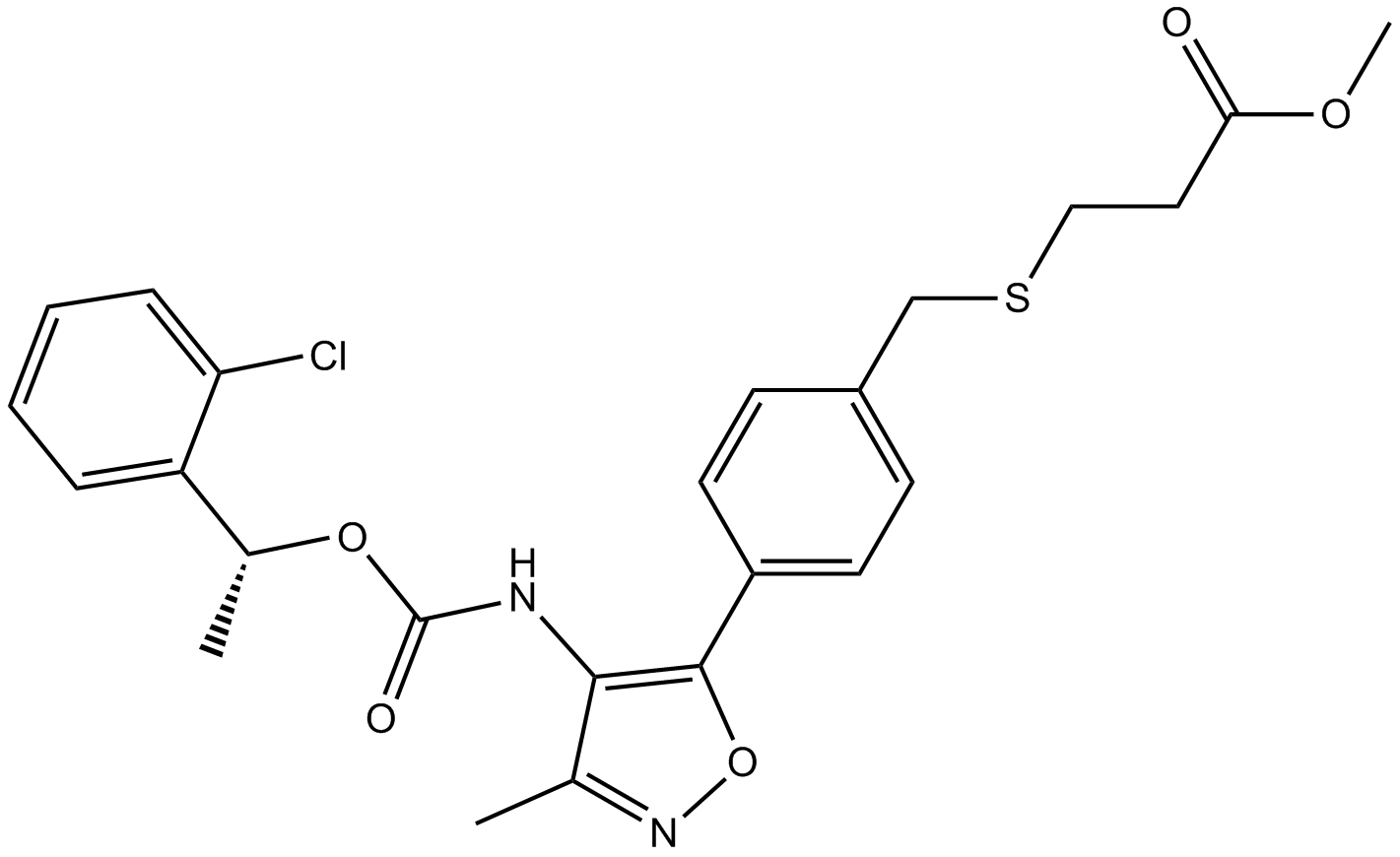
-
GC11374
Ki16425
Ki16425 (Debio 0719) ist ein Subtyp-selektiver, kompetitiver Antagonist der Rezeptoren der EDG-Familie, LPA1 und LPA3 mit Kis von 0,34 μM bzw. 0,93 μM.
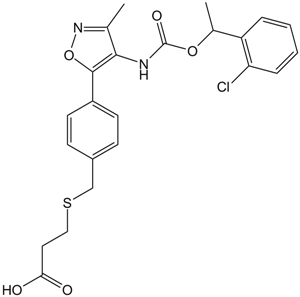
-
GC12362
ONO-7300243
ONO-7300243 ist ein neuartiger, potenter Antagonist des LysophosphatidsÄure-Rezeptors 1 (LPA1) mit einem IC50-Wert von 0,16 μM.
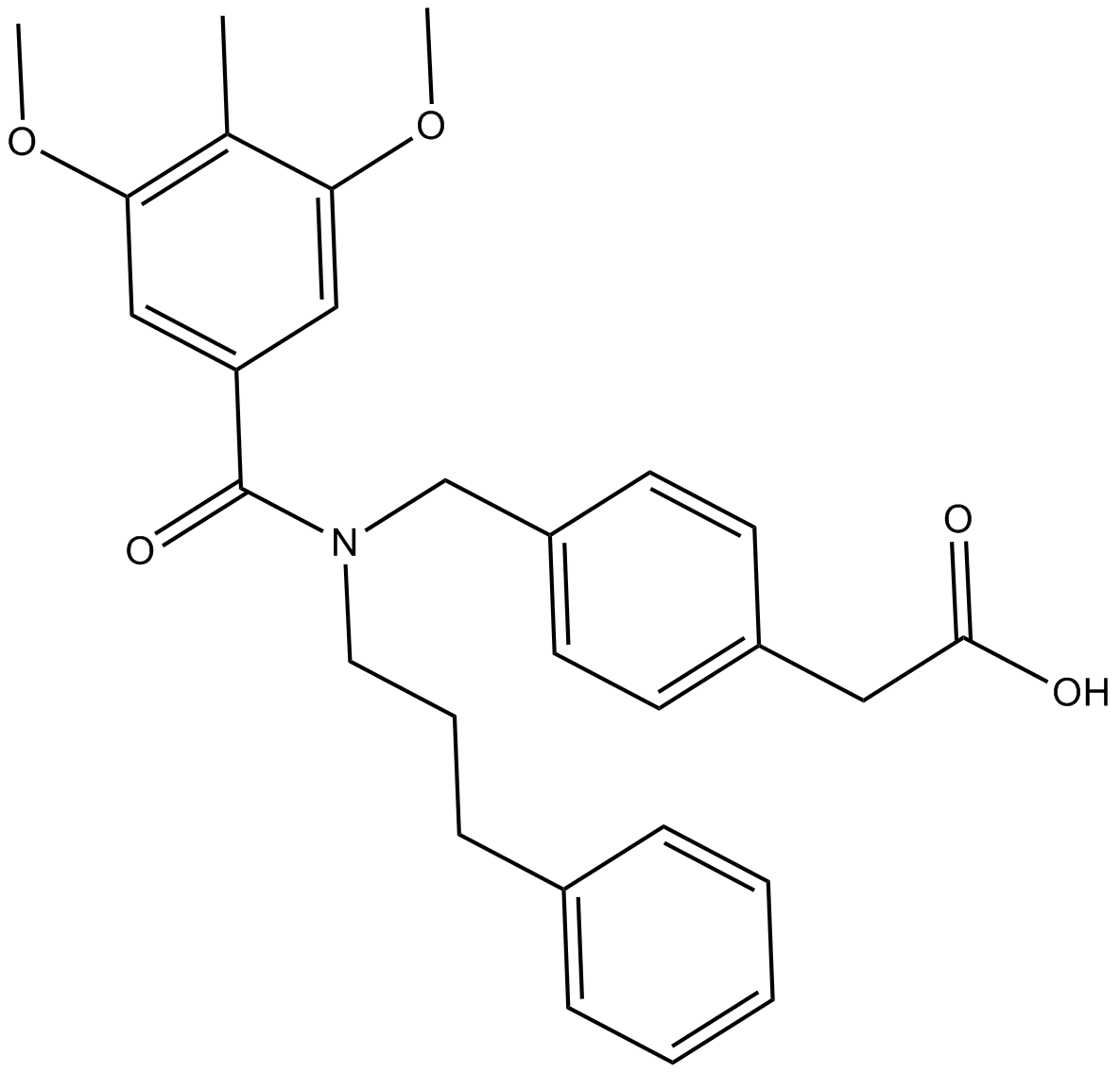
-
GC15808
TC LPA5 4
TC LPA5 4 ist ein LPA5 (GPR92)-spezifischer Nicht-Lipid-Antagonist. TC LPA5 4 hemmt die LPA-induzierte Aggregation von isolierten menschlichen BlutplÄttchen (LPA5-RH7777-Zelllinie) mit einem IC50 von 800 nM. TC LPA5 4 zeigt SelektivitÄt fÜr LPA5 gegenÜber 80 anderen gescreenten Wirkstoffzielen. TC LPA5 4 hemmt die Zellproliferation und Migration von SchilddrÜsenkrebszellen.
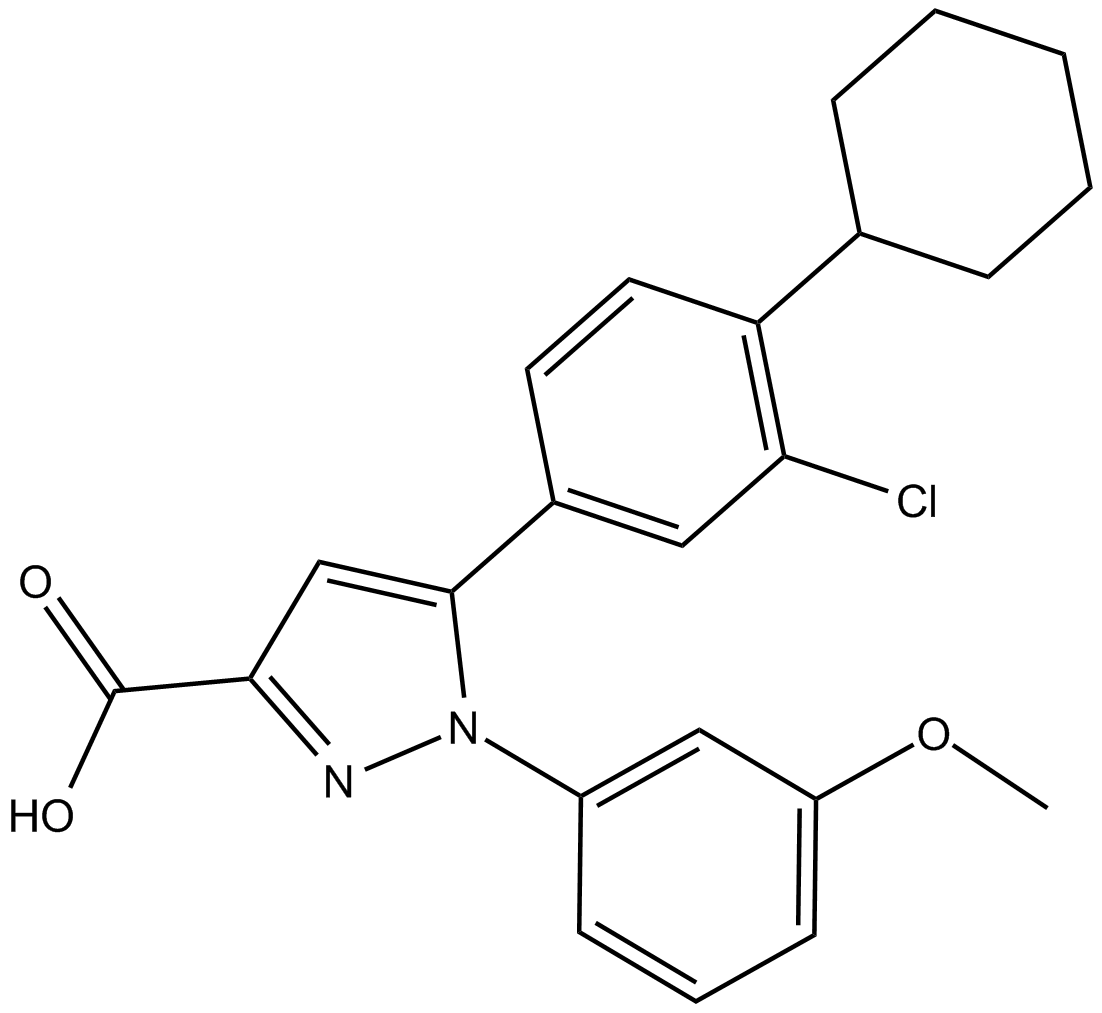
-
GC17617
Tetradecyl Phosphonate
pan-antagonist of lysophosphatidic acid 1 (LPA1), LPA2, and LPA3 receptors
